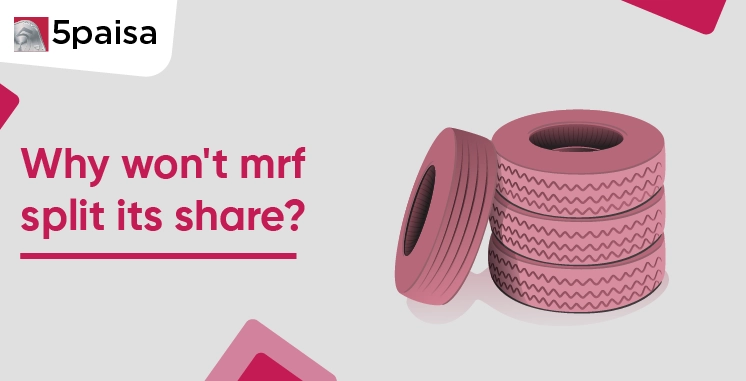Content
- What is a Stock Split?
- Why Do Companies Split Their Shares?
- Top 5 Reasons Why MRF Won’t Split Its Share
- Risks Involved
- Final Thoughts
What is a Stock Split?
The stock split meaning refers to a corporate action where a company increases the number of its shares by dividing existing shares into multiple units.
Such adjustment lowers the price per share, making it more accessible to investors, while the company’s overall market capitalisation and shareholder value remain unchanged. For example, in a 1:10 split, one share priced at ₹10,000 becomes ten shares priced at ₹1,000 each.
This does not impact the company's fundamentals or the total value of an investor’s holding. What actually changes is the price of the share, making it more affordable and accessible, particularly for retail investors.
Many globally recognised companies have executed stock splits to broaden their shareholder base and increase trading activity.
Yet, despite this common practice, there is one outlier in the Indian stock market that continues to resist it, MRF.
With a staggering MRF share price today often hovering around ₹1,00,000 per share, the company’s refusal to split its stock raises valid curiosity across both retail and institutional Investors.
So why would MRF never split its share?
Let’s understand this calculated decision.
More Articles to Explore
- Difference between NSDL and CDSL
- Lowest brokerage charges in India for online trading
- How to find your demat account number using PAN card
- What are bonus shares and how do they work?
- How to transfer shares from one demat account to another?
- What is BO ID?
- Open demat account without a PAN card - a complete guide
- What are DP charges?
- What is DP ID in a demat account
- How to transfer money from demat account to bank account
Disclaimer: Investment in securities market are subject to market risks, read all the related documents carefully before investing. For detailed disclaimer please Click here.
Frequently Asked Questions
Yes, MRF can be a solid investment for those with substantial capital and a long-term outlook. The company boasts a strong track record, steady profits, and a leading position in the tyre sector. However, its steep share price and limited liquidity make it more appropriate for institutional investors or high-net-worth individuals, rather than beginner retail investors.
Often, yes. Stocks may rally post-split due to increased accessibility and investor demand. However, Investors shall always evaluate the fundamentals before acting on a split announcement. A split share doesn’t increase a company’s value, it merely alters its price structure.
- Enhances retail investor participation
- Improves liquidity and trade volume
- Boosts investor sentiment and perceived affordability
These benefits, however, don’t always align with every company’s strategy, as MRF demonstrates.
Frequently, yes, but it’s not guaranteed. A rise post-split is often driven by sentiment and demand rather than improved fundamentals. Historical data shows many companies enjoy short-term gains after announcing a stock split, but sustained growth depends on performance.




